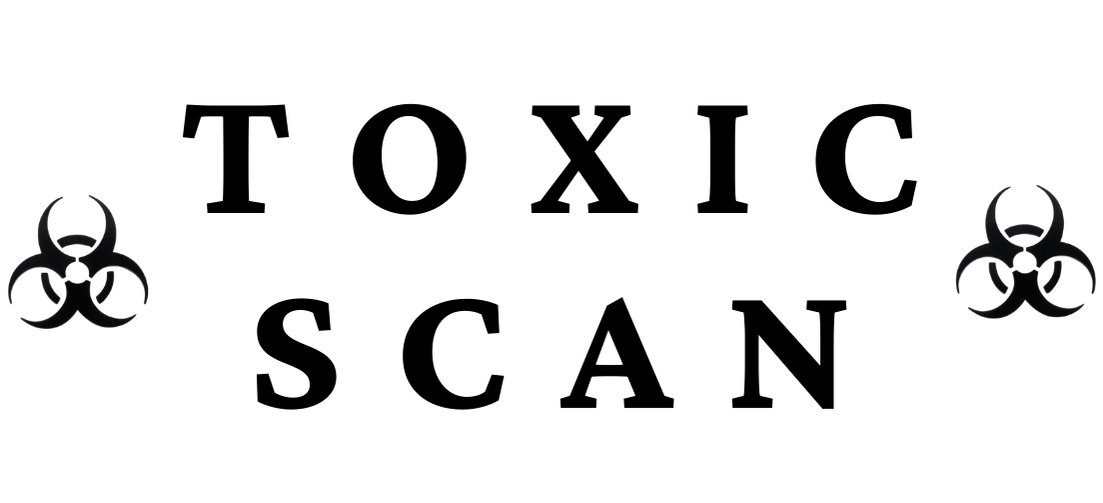E320: Butylated Hydroxyanisole
E320: Butylated Hydroxyanisole (BHA)
What is E320 (Butylated Hydroxyanisole)?
Butylated Hydroxyanisole (BHA), designated as E320, is a synthetic antioxidant used primarily as a preservative in foods containing fats and oils. It prevents oxidative rancidity, which can cause undesirable flavors and odors and decrease the nutritional value of food. BHA consists of a mixture of two isomers, 2-tert-butyl-4-hydroxyanisole and 3-tert-butyl-4-hydroxyanisole. It is often used in combination with other antioxidants like Butylated Hydroxytoluene (BHT, E321) or propyl gallate (E310).
Source and Production
BHA is produced entirely through chemical synthesis:
- Raw Materials: Typically involves reacting 4-methoxyphenol with isobutylene.
- Chemical Reaction: The reaction is usually catalyzed by an acid.
- Purification: The resulting mixture of isomers is purified.
- Formulation: The final product is a white or slightly yellow, waxy solid.
It does not occur naturally in any known food sources.
Common Uses in Food
BHA is added to a wide range of processed foods to extend shelf life:
- Oils and Fats: Vegetable oils, lard, shortening.
- Processed Meats: Sausages, cured meats, meat-based snacks.
- Cereals: Breakfast cereals, especially those containing added fats.
- Snack Foods: Potato chips, crackers, nuts.
- Baked Goods: Pastries, biscuits, cake mixes.
- Chewing Gum: Used as a preservative.
- Beverages: Sometimes used in certain types of beverages.
- Food Packaging: Can be incorporated into packaging materials to prevent fat oxidation in the contained food.
It is also used in cosmetics, pharmaceuticals, animal feed, and industrial applications like rubber and petroleum products.
Health and Safety
Safety Concerns
The safety of BHA has been debated for decades, with several significant concerns:
- Potential Carcinogenicity: Classified as "possibly carcinogenic to humans" (Group 2B) by the International Agency for Research on Cancer (IARC). Some studies in animals (particularly rodents) have shown it causes forestomach tumors, although the relevance to humans (who lack a forestomach) is debated.
- Endocrine Disruption: BHA is suspected of being an endocrine disruptor, potentially interfering with hormone systems (e.g., estrogenic or antiandrogenic effects).
- Allergic Reactions: Can cause skin allergies and photosensitivity in some individuals.
- Developmental and Reproductive Effects: Some animal studies suggest potential adverse effects on development and reproduction.
- Liver Effects: High doses in animal studies have been linked to liver changes.
Regulatory Status
Regulatory bodies have differing views on BHA safety:
- European Union: Permitted as E320, but with specific maximum levels for various food categories. Its use is under ongoing review.
- United States: FDA permits BHA as GRAS (Generally Recognized as Safe) within specified limits.
- California (Proposition 65): Listed as a chemical known to the state to cause cancer.
- National Toxicology Program (USA): Classified BHA as "reasonably anticipated to be a human carcinogen."
- JECFA: Established an Acceptable Daily Intake (ADI) of 0-0.5 mg/kg body weight.
These differing classifications highlight the ongoing uncertainty and debate surrounding BHA's long-term health effects.
Identification on Labels
BHA may be listed on ingredient labels as:
- E320
- Butylated Hydroxyanisole
- BHA
- Antioxidant BHA
It might also be used in conjunction with BHT (E321), often listed together.
Alternatives to BHA
Due to safety concerns and consumer demand for "clean labels," many manufacturers are seeking alternatives:
- Natural Antioxidants: Tocopherols (Vitamin E, E306-E309), Ascorbic Acid (Vitamin C, E300), Rosemary Extract, Green Tea Extract.
- Other Synthetic Antioxidants: Ascorbyl Palmitate (E304), TBHQ (Tertiary Butylhydroquinone, E319) - though TBHQ also has safety concerns.
- Improved Packaging: Modified atmosphere packaging, vacuum sealing, oxygen scavengers.
- Processing Changes: Minimizing exposure to oxygen and heat during processing.
Conclusion
E320 (Butylated Hydroxyanisole - BHA) is a synthetic antioxidant with significant health concerns, reflected in its high toxicity rating (4/5). Its classification as a possible human carcinogen and potential endocrine-disrupting properties make it a controversial additive.
While regulatory agencies in some regions still permit its use within limits, citing uncertainty about its relevance to human health at typical exposure levels, other authoritative bodies and consumer groups advocate for stricter regulation or complete avoidance. Given the availability of safer natural antioxidants and improved packaging technologies, the continued use of BHA in food products is increasingly questioned.
Consumers wishing to minimize exposure to potentially harmful synthetic additives may choose to avoid products containing BHA by carefully reading ingredient labels.
